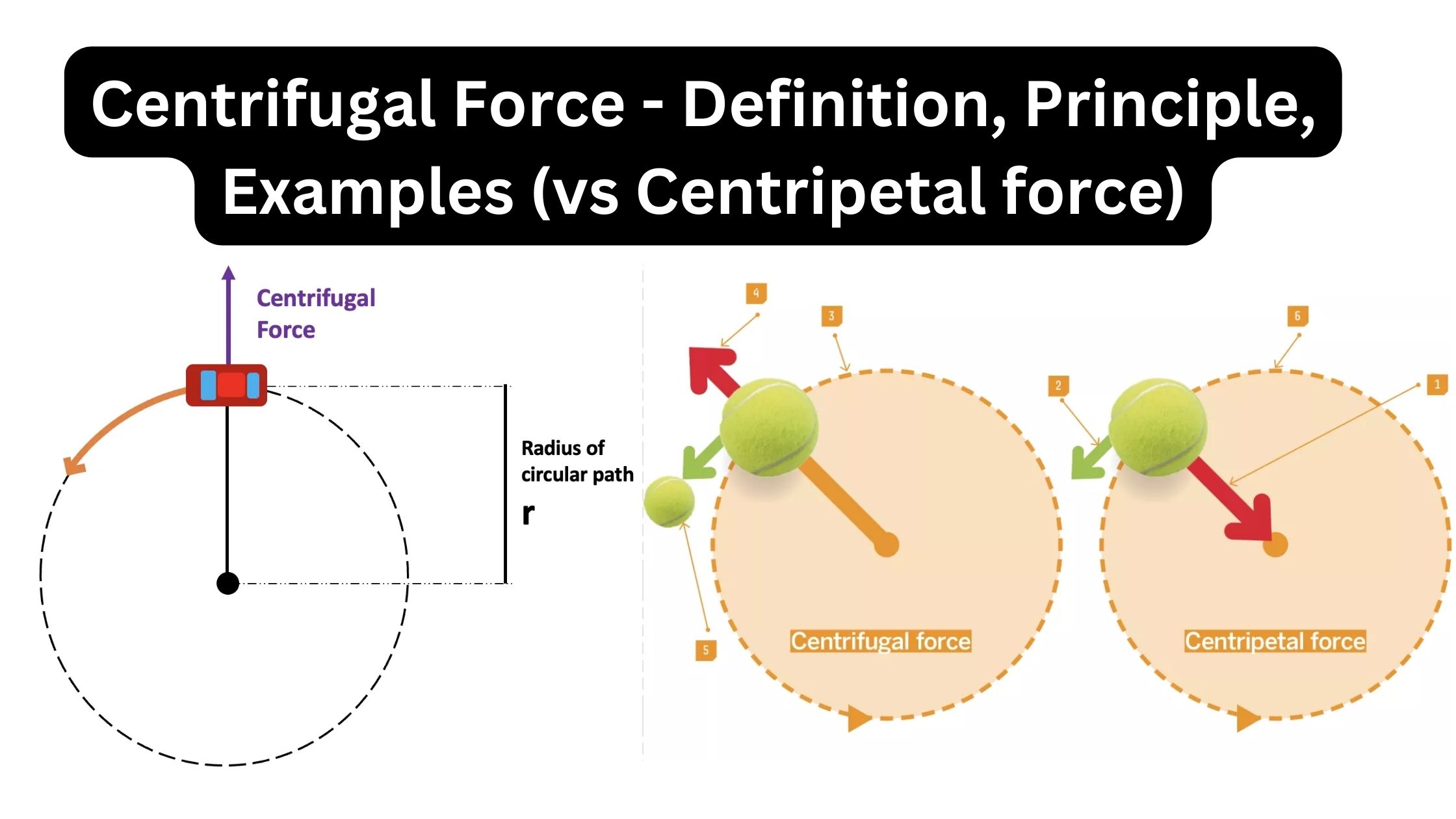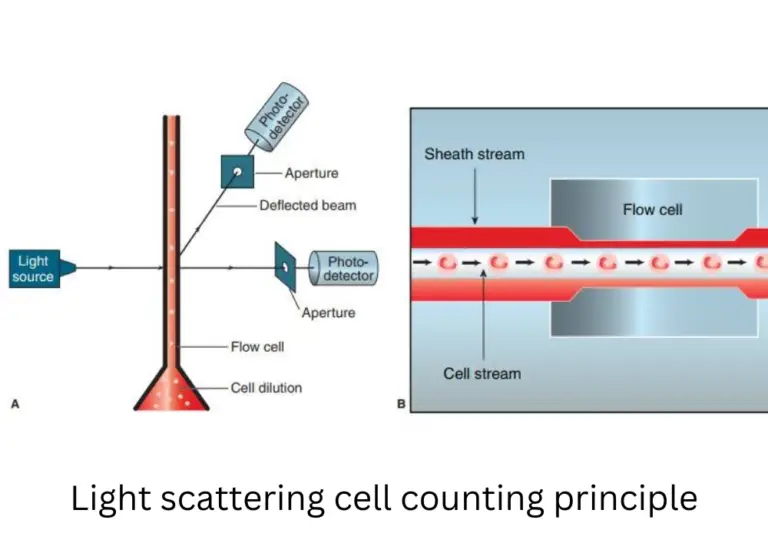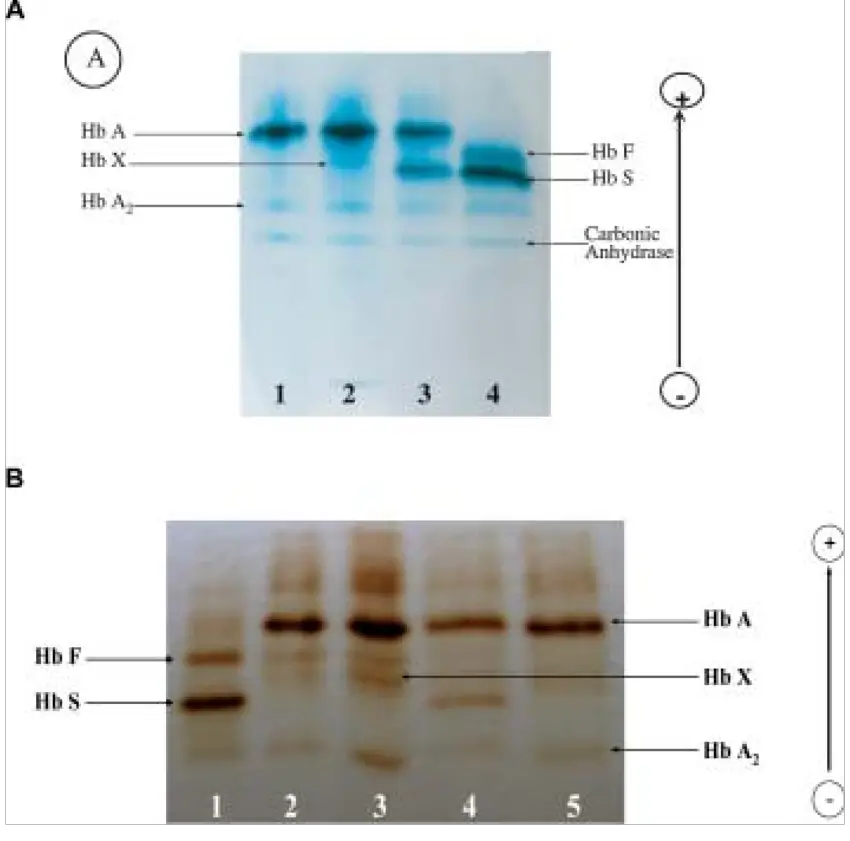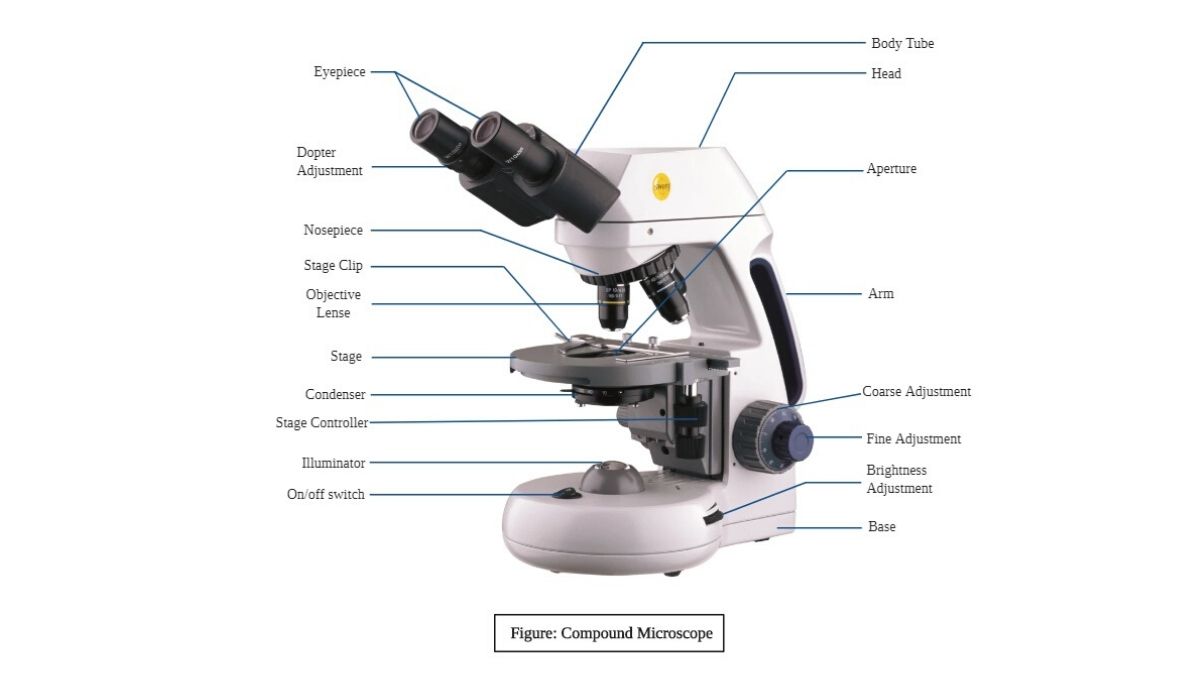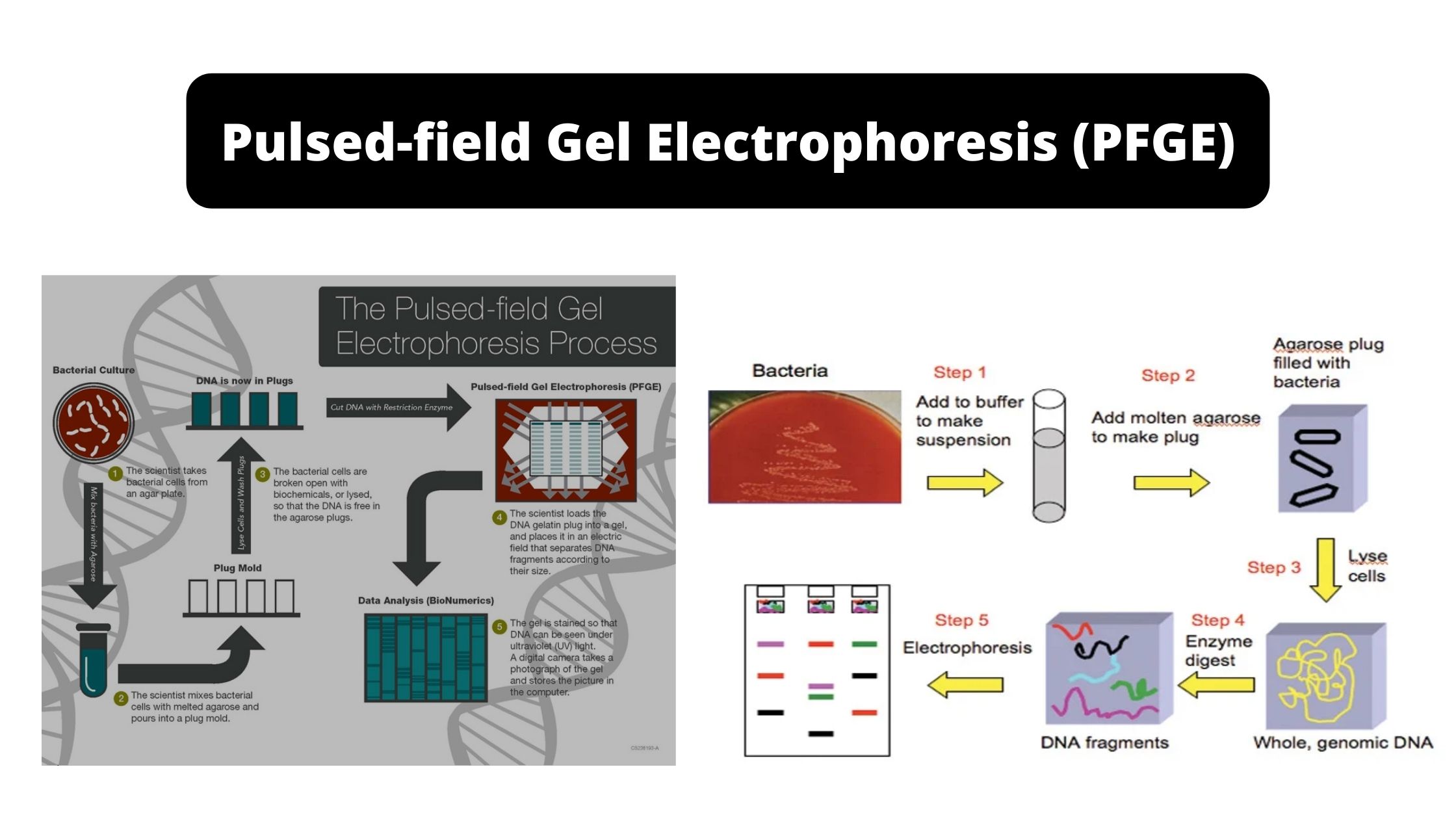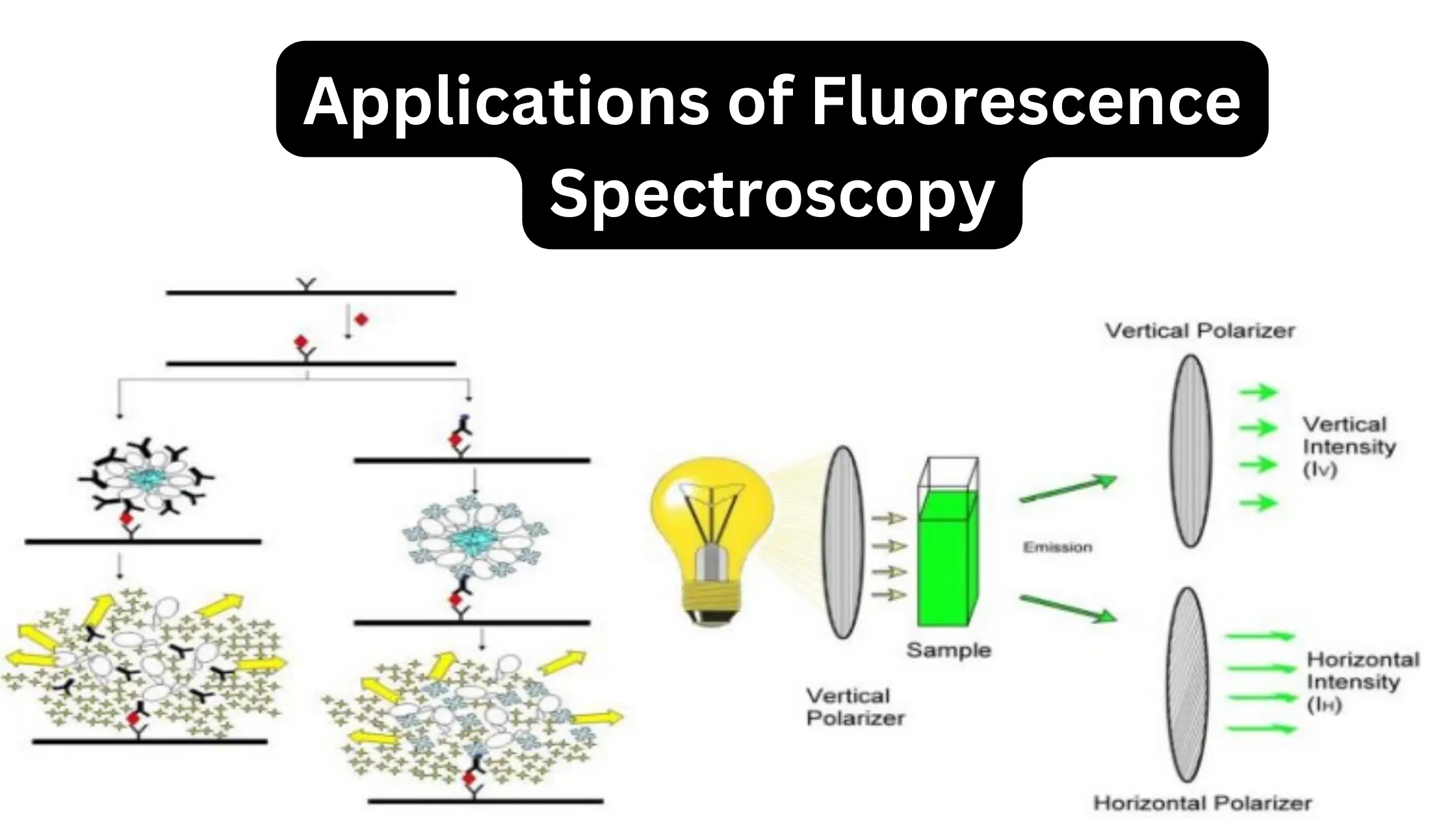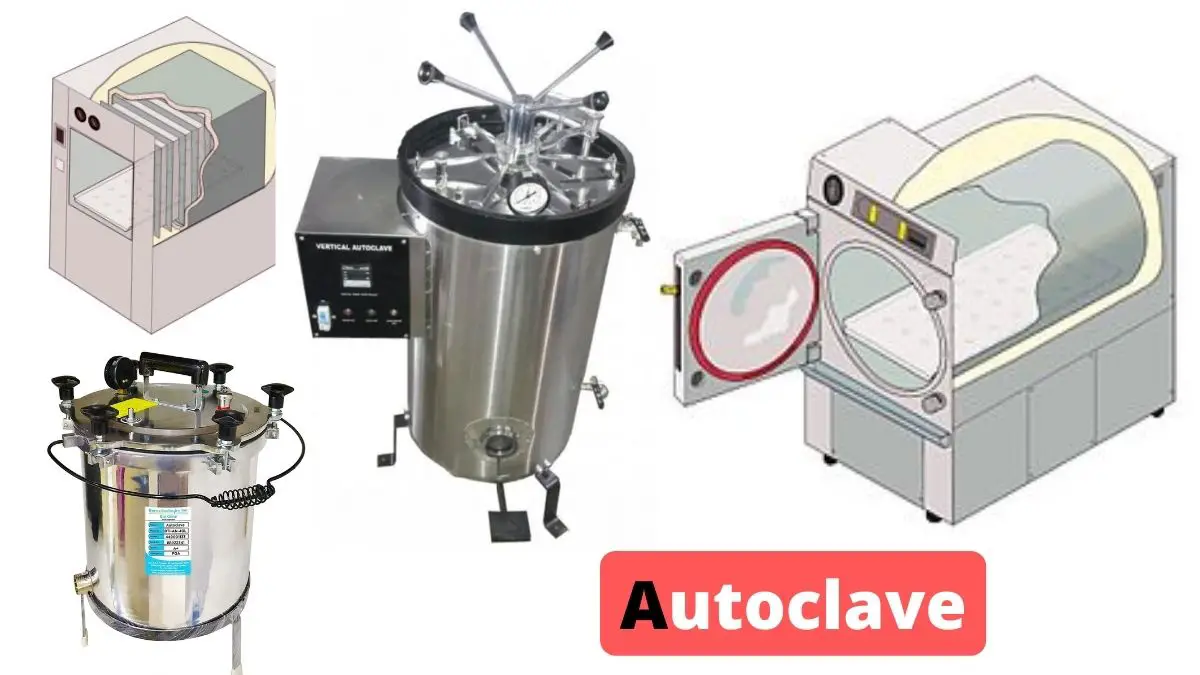Gel Filtration Chromatography – Principle, Components, Steps, Types, Application
What is Gel Filtration Chromatography? Principle of Gel Filtration Chromatography – Gel Filtration chromatography principle The principle of Gel Filtration Chromatography (GFC) can define as separation of molecules mainly depending by their molecular size / shape when passed by a porous gel medium. The stationary phase used is made of porous beads (like dextran, agarose … Read more


